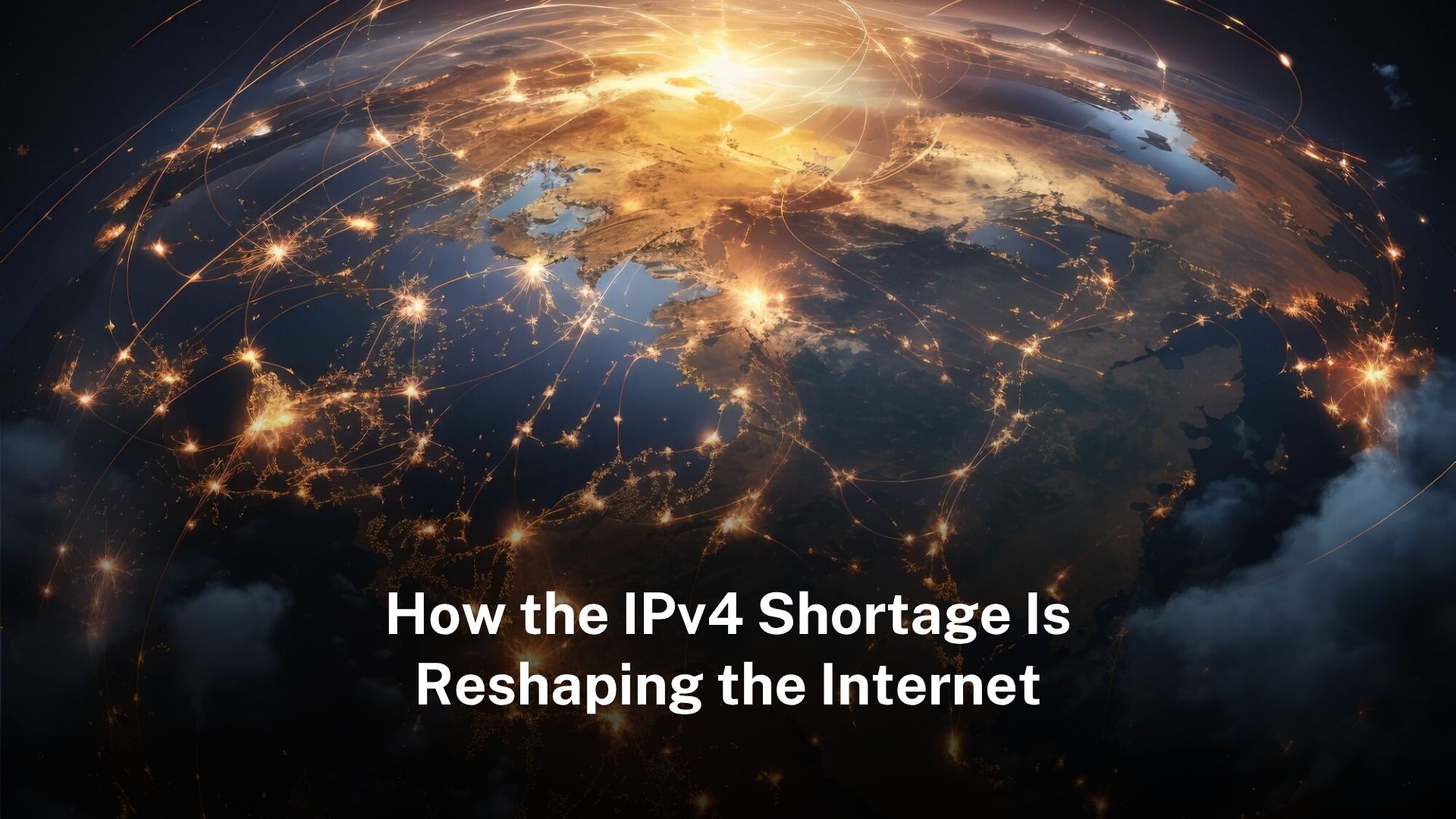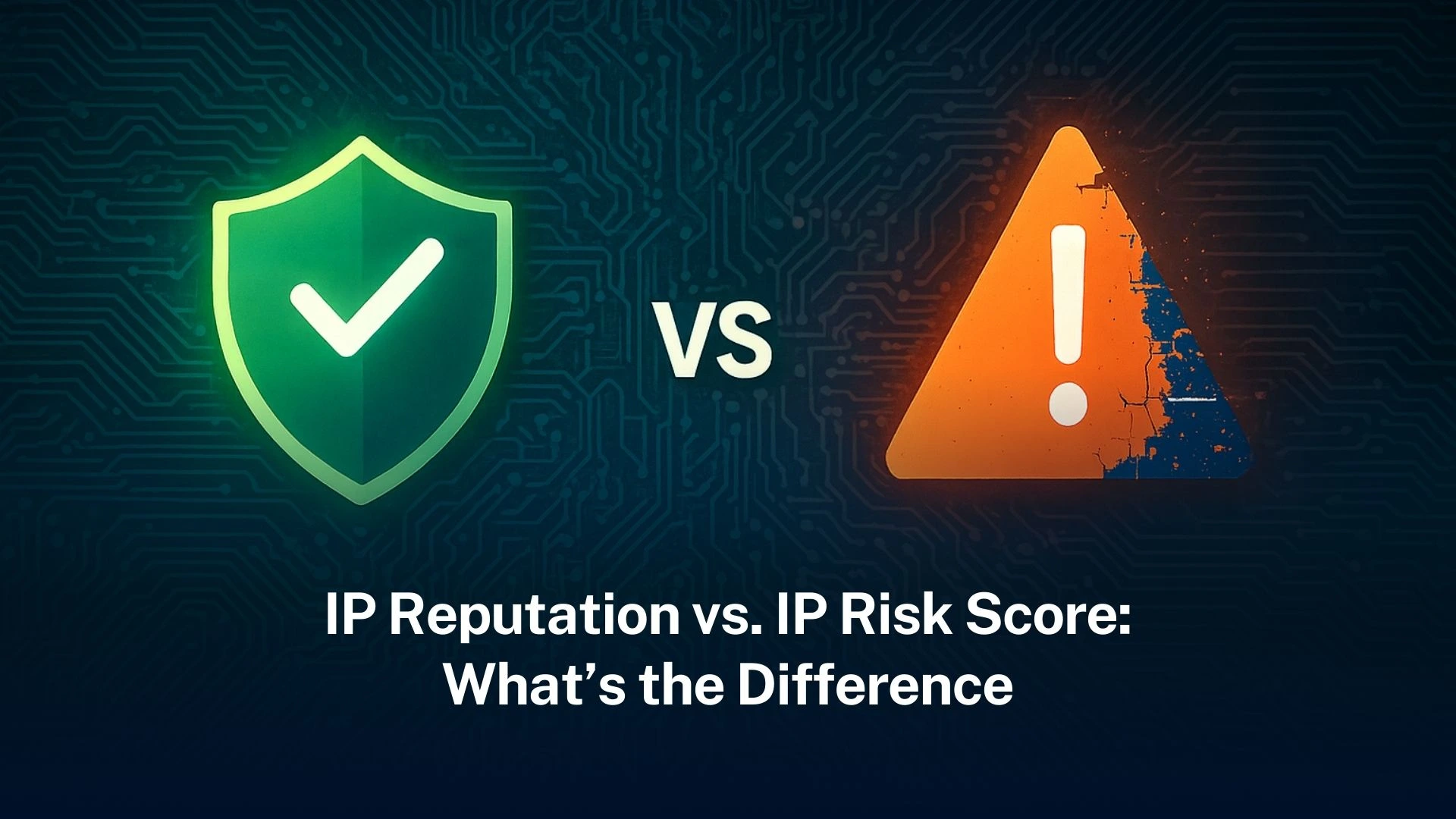
Get IP addresses has become an increasingly difficult endeavour in the digital world of today, especially when IPv4 addresses are running low. Industries looking for opportunities to expand their network infrastructure constantly must negotiate an intricate framework of legal, regulatory, and technological challenges. As a way to expedite the acquisition process, IP brokers act as intermediary firms in that scenario. Their knowledge and assistance are crucial in makingRead more

As RIRs tighten control over IPv4 transfers, the market is shifting. Brokers simplify compliance, while leasing solutions like i.lease offer an agile alternative to traditional ownership. Introduction The looming exhaustion of IPv4 addresses has turned these resources into highly traded assets. Two main pathways for organisations to acquire IPv4 space are via Regional Internet Registries (RIRs) or third-party IP brokers. An emerging alternative, i.lease, offers leasing rather than fullRead more

RIRs transitioned to strict “soft‑landing” policies and limited final allocations to prevent hoarding and extend IPv4 availability. Transfer markets, wait‑lists, and equitable distribution mechanisms now dominate scarcity-era policy landscapes. The impact of IPv4 exhaustion on RIR policy The depletion of IPv4 address space prompted all Regional Internet Registries (RIRs) to overhaul their allocation strategies. When the final five /8 blocks were delivered by IANA in 2011, RIRs shifted fromRead more

How IPv6 addresses are assigned IPv6 addresses are assigned by a global system. When requesting IPv6 space, an organisation requests information about its network, technology requirements, as well as long-term goals. Typical regional policies demand that one present a deployment plan within a timeframe, efficient use of the allocated space in the event allocated space exists, and appropriate use of routing, aggregation, and documentation policies. What organisations get InternetRead more
The allocation process ensures each device gets a distinct address. Without proper allocation, network connections would fail due to duplicate addresses. The system maintains order by following specific distribution rules. Address assignment occurs through a structured hierarchy. Global organizations oversee the entire address pool. Regional entities receive allocations from these global authorities. Local providers then distribute addresses to end users. This layered approach prevents address hoarding. It guaranteesRead more



